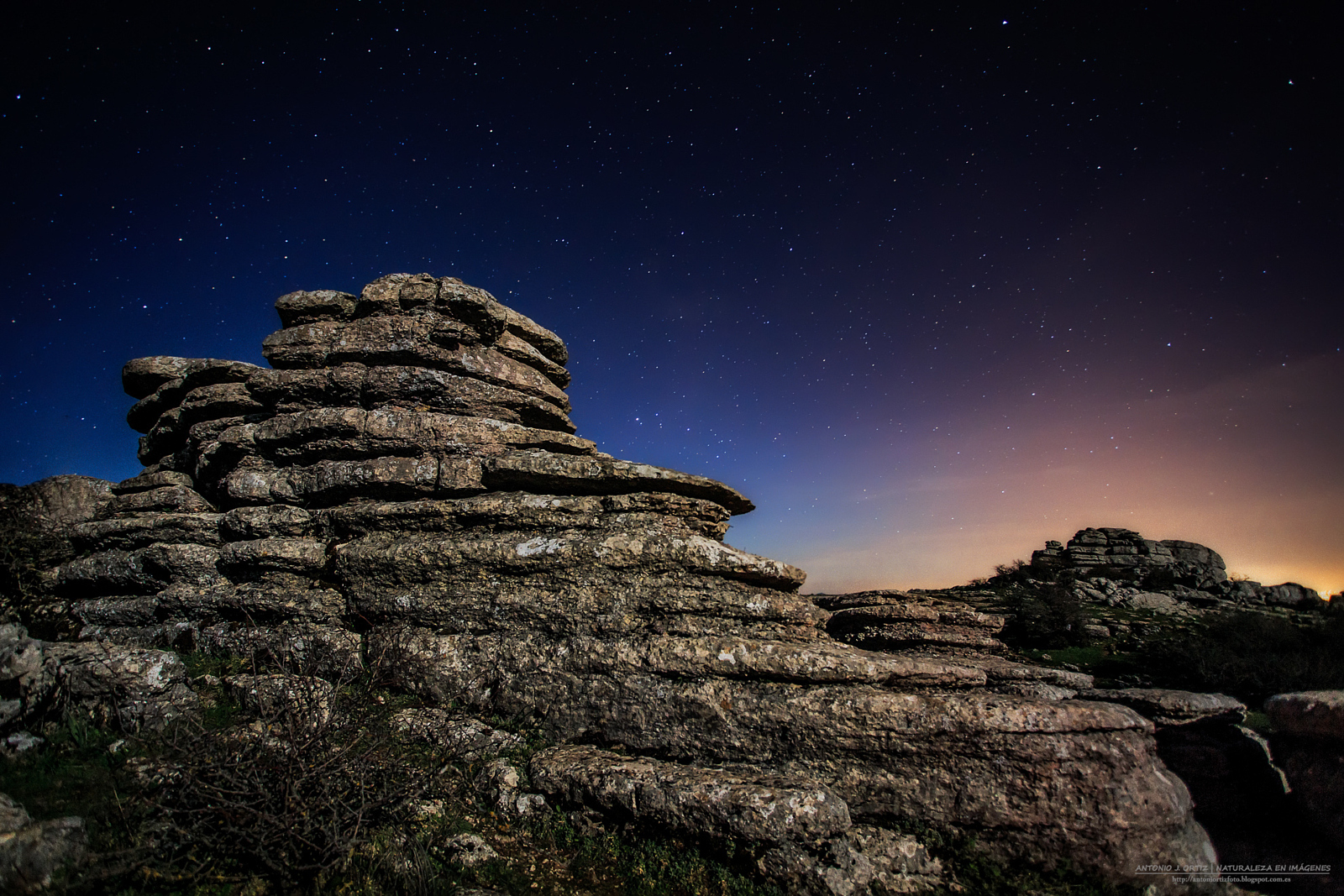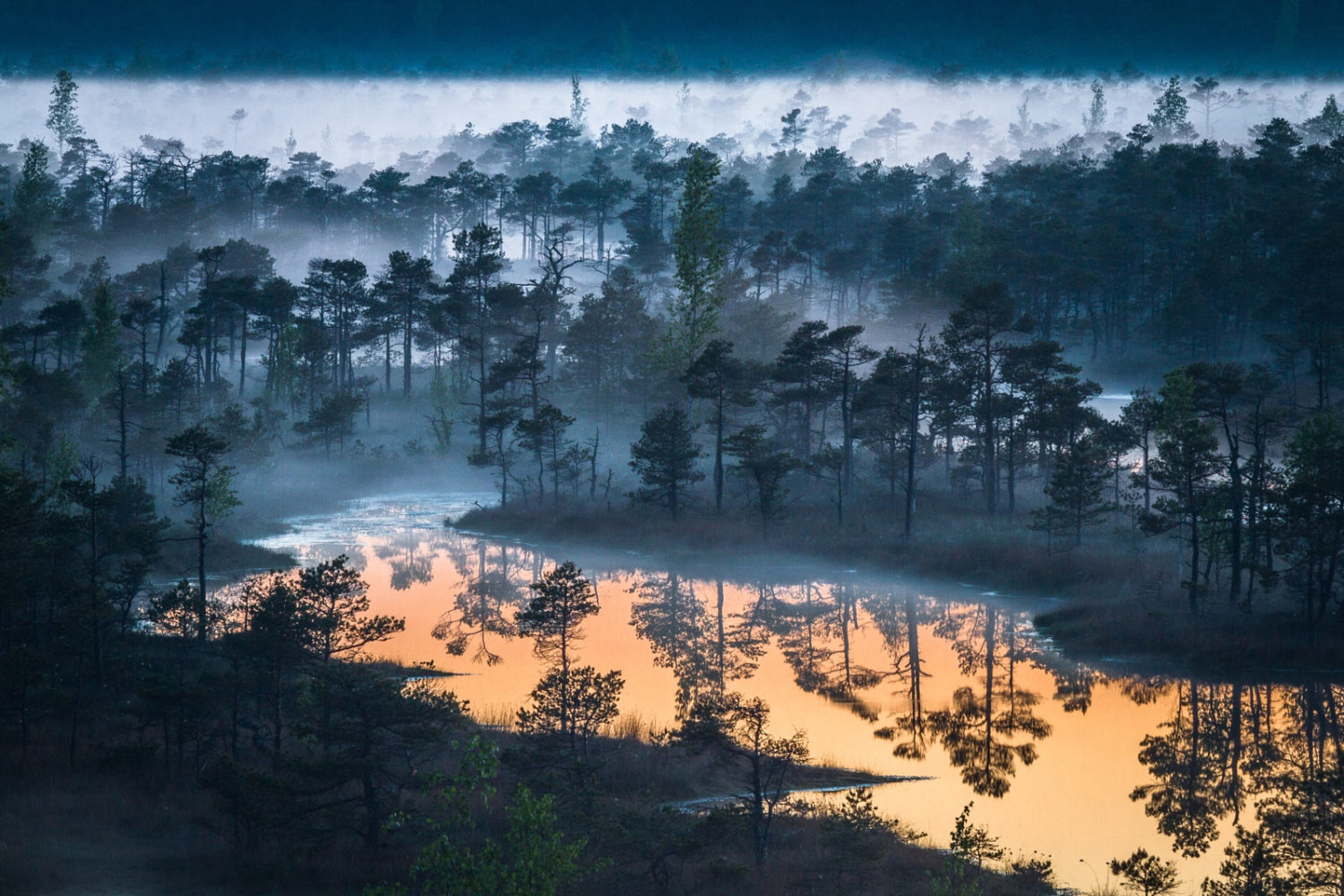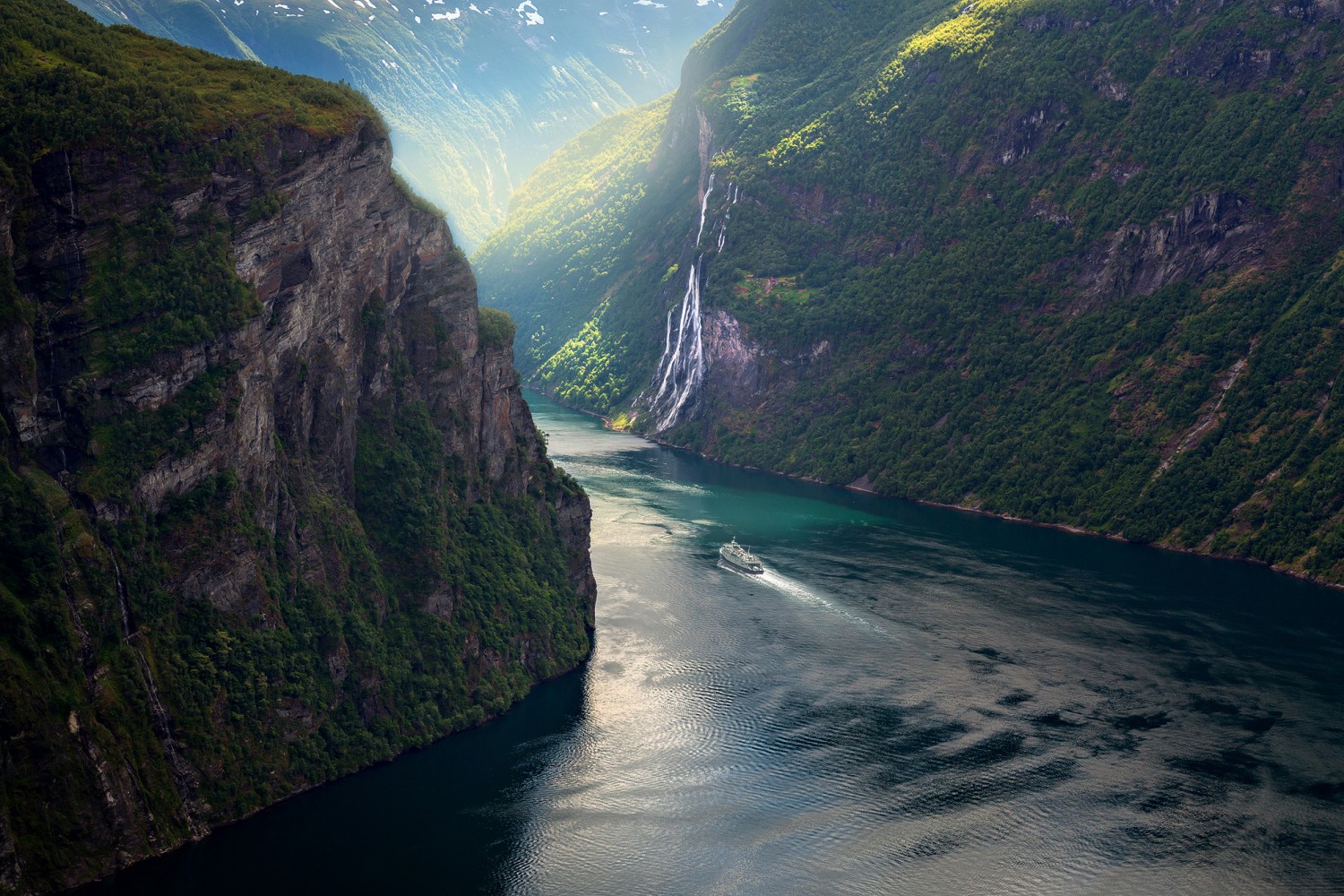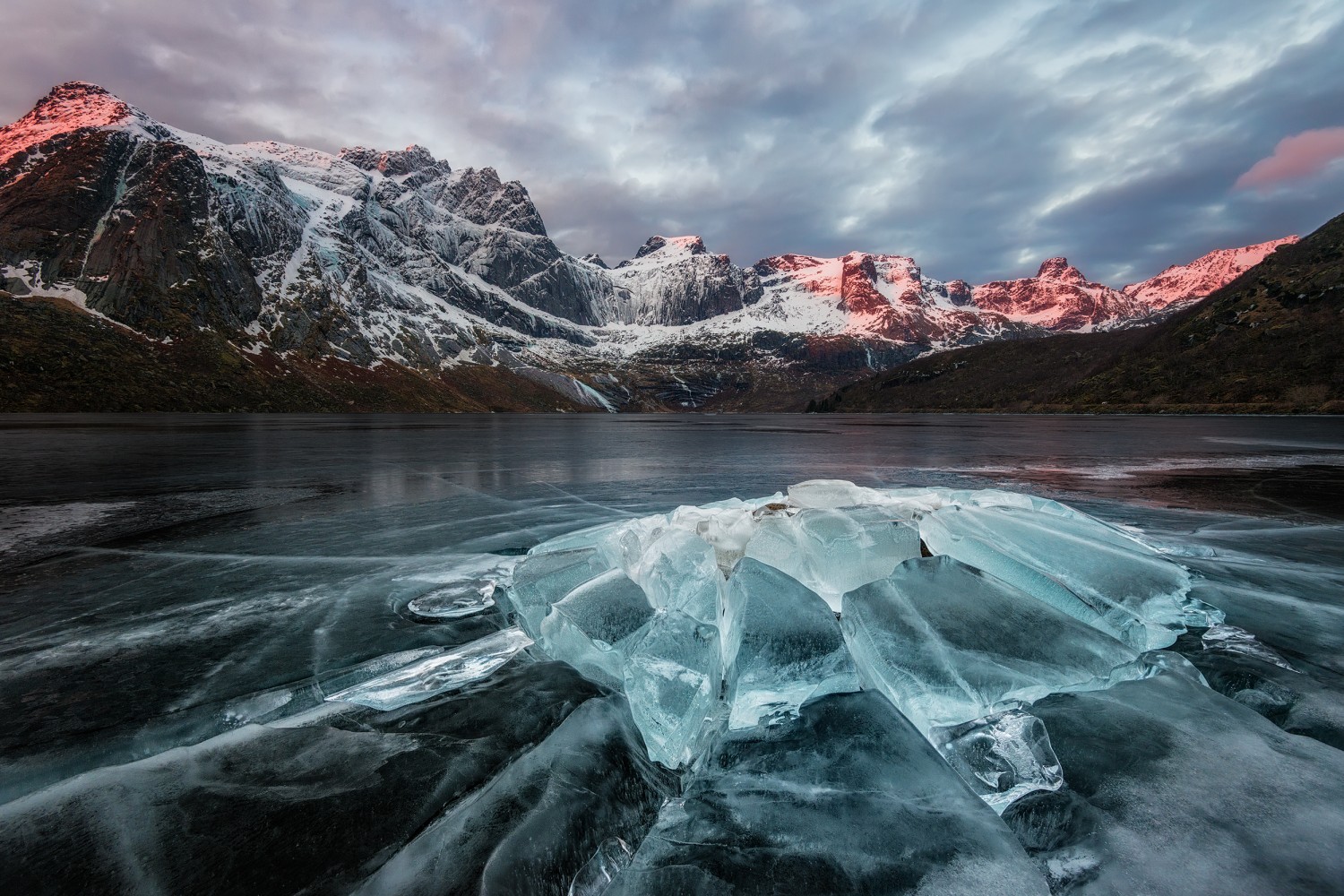The UNESCO World Heritage Committee considers over 1,000 manmade and natural locations around the globe to have special cultural or physical importance to humanity. The list of heritage sites, which include places like Machu Picchu and the Taj Mahal, adds new members every year, and just this month UNESCO announced 21 locations that will now enjoy legal protection under the Geneva Convention, see a huge boost in tourism, and likely an influx of photographers hoping to document these incredible destinations.
The 21 new heritage sites are scattered across the globe, from remote forests to ancient ruins along the Silk Road. Here, we selected five new sites that offer both natural and manmade wonder. Consider them officially added to our list of places to visit before we die.
Archipiélago de Revillagigedo, Mexico
Off the west coast of Mexico in the Pacific Ocean, is the Archipiélago de Revillagigedo, which is made up of four separate islands: San Benedicto, Socorro, Roca Partida, and Clarión. Each island is actually the peak of a volcano, with the majority of the mountain range submerged underneath the ocean, as seen in the picture above. The islands are a popular scuba diving destination known for its abundance of giant manta rays, which you’ll see in plenty of breathtaking shots when searching “Revillagigedo” on 500px.
Lut Desert, Islamic Republic of Iran
The world’s 25th largest desert, the Lut Desert (also called Dasht-e-Lut) in southeastern Iran, is also recognized for being one of the hottest places on earth, where surface temperatures have reached over 154°F (68°C). Strong winds that pass through the region every year in June-October have created some stunning landforms like the one seen here.
Pampulha Modern Ensemble, Brazil
A design by architect Oscar Niemeyer, the Pampulha Modern Ensemble was built in 1940 in Belo Horizonte, the capital of Minas Gerais, a state in southeastern Brazil. Created around an artificial lake, the complex was intended to be a cultural and entertainment center, with a casino, yacht club, and church. It’s a representation of modern design in its use of concrete and the incorporation of the local landscape into the site design.
Antequera Dolmens Site, Spain
In the Andalusia region of Southern Spain is the Antequera Dolmens Site, which includes three megalithic tombs built of large stone blocks during the Neolithic and Bronze Age. Also on the site are two natural mountain landmarks, the Peña de los Enamorados and El Torcal (pictured above) formations. The tombs are considered among Europe’s most exceptional prehistoric pieces of architecture.
Nan Madol: Ceremonial Centre of Eastern Micronesia, Federated States of Micronesia
Off the coast of Pohnpei, a state in the Federated States of Micronesia, is Nan Madol, a series of 100 tiny islands that were built with walls of basalt and coral. Throughout the islets are the stone remains of temples, palaces, tombs, and houses built between 1200 and 1500 CE.












Leave a reply